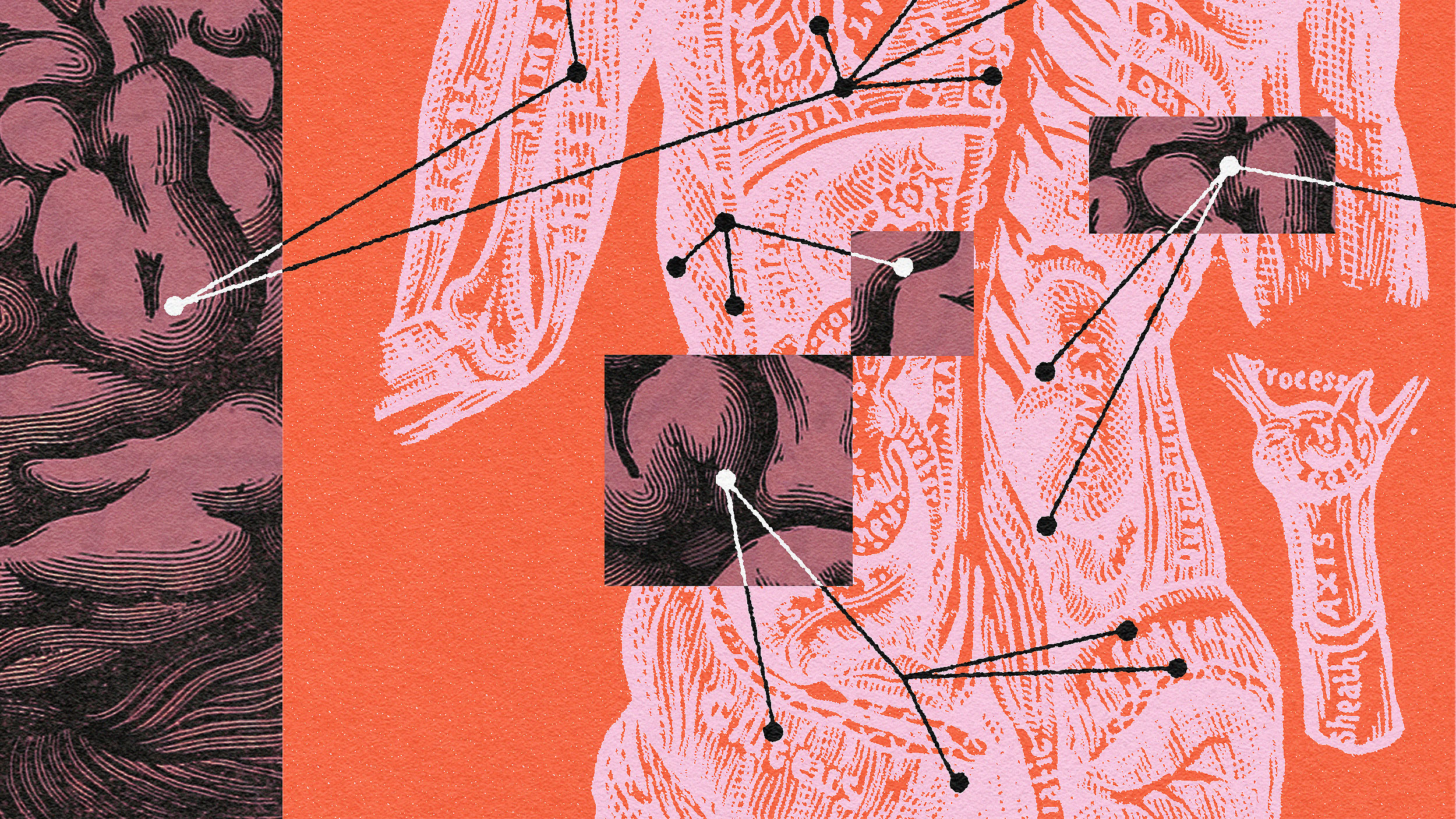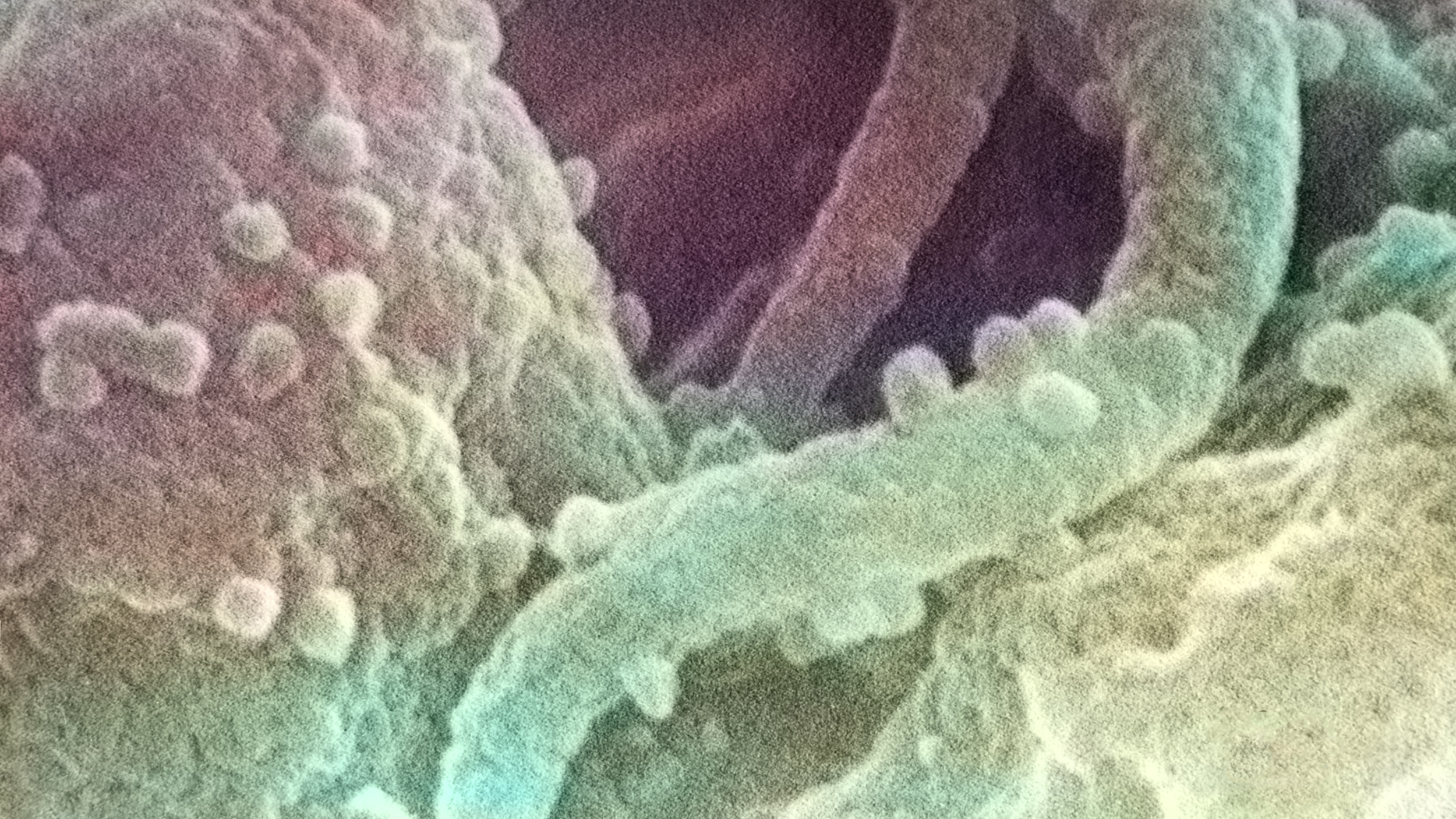Why does coronavirus kill more men than women? Researchers may have found an important clue.

(Photo: Dan Kitwood/Getty Images)
- A new study found that women clear coronavirus from their systems much faster than men.
- The researchers hypothesize that high concentrations of ACE2-expressing cells in the testes may store more coronavirus.
- There are many confounding factors to this mystery—some genetic, others social and behavioral.
There’s much we don’t know about novel coronavirus. We don’t know how the virus leaped from bats to humans—though pangolins seem the intermediate hosts. We don’t know the levels of antibodies among recovering individuals or if warmer weather will curb the virus’s transmission rate.
One of the more perplexing COVID-19 mysteries is why the disease kills men at roughly twice the rate of women. As of this writing, New York City has suffered 146 COVID-19 deaths for every 100,000 men, according to the city’s Health Department data. Conversely, 84 women have died in the city per 100,000. Men have also been hospitalized at a higher rate.
“More than two-thirds of the intubated patients are men,” Dr. Joseph Lowy, a palliative care and hospice doctor at NYU Langone Health, told the New York Times. “I know of no other disease that has that type of predilection for one gender over another [excluding reproductive diseases].”
Data have shown similar patterns in China, Italy, South Korea, and Washington state.
But a recent study may have found an important clue in solving this mystery—a potential coronavirus repository found only in men.

A laboratory technician at Queen Elizabeth University Hospital, Glasgow, holds a container of test-tube samples from people tested for novel coronavirus.
Where is coronavirus hiding?
The study, uploaded to MedRxiv, found that men take longer to clear the virus from their systems than women. Researchers at Montefiore Health System and Albert Einstein College of Medicine, in collaboration with Kasturba Hospital for Infectious Diseases, Mumbai, nasal swabbed patients to determine an active COVID-19 infection.
They then retested the individuals every day until the tests turned negative. The women took a median time of four days to clear the virus, while the men’s median time was six days.
“COVID-19 studies worldwide have consistently shown a higher incidence and greater severity of the disease in men compared with women,” Aditi Shastri, assistant professor of medicine at Einstein College and lead author of the study, said in the release. “Our collaborative study found that men have more difficulty clearing coronavirus following infection, which could explain their more serious problems with COVID-19 disease.”
For coronavirus to infect a cell, it must latch onto an angiotensin-converting enzyme II, or ACE2. These enzymes are attached to the cellular membranes of cells in organs such as the heart, lungs, kidneys, and intestines.
The researchers theorize that bodily areas with cells sporting high levels of ACE2 would be more susceptible to infection. After consulting three independent RNE expression databases, they found that ACE2 was highly expressed in testicular cells but had little expression in ovarian cells.
Taking men’s slow viral clearance and the ACE2 expression of testicular cells together, they hypothesize that the testes may serve as a repository for the virus, explaining its extended occupancy in men.
Further research required
The Montefiore-Einstein study is currently preliminary, and further research will be required before researchers can determine what, if anything, its results illuminate.
The study is currently published on Medrxiv, a preprint distributor. This means the study has been shared publicly before undergoing the peer-review process.
Preprints allow researchers to communicate their findings before official publication, which can take months if not a year or longer. This pre-publication can lead to early feedback, increased visibility, and new collaborations. It’s especially helpful for early-career researchers trying to establish themselves.
However, given the speed at which coronavirus is spreading, researchers have leaned on preprints as a means of disseminating data to other experts faster than the peer review allows. As a result, Medrixiv has seen a surge of preprint studies, but they must be read within the context of their preliminary status.
The Montefiore-Einstein also has its limitations. The study had an initial sample size of only 68 subjects (48 males, 20 females) and a further examination of three families. And the connection of coronavirus to ACE2 enzymes in the testes came from database research, not direct observation.
The researchers acknowledge the need for further investigation. In particular, Shastri stresses the need to confirm the coronavirus’s ability to infect and multiply in testicular tissue. If other researchers find their data promising, they could move forward with new research to build upon the study and see if this clue fits into the mystery.

Coronavirus protesters in Los Angeles. Men are more likely than women to disregard health warnings from officials.
One clue among many
Men’s severe response to COVID-19 could be due to several factors, of which a viral repository is just one. Another could simply be the fact that men are, well, men.
“We see that even among individuals without known health issues and in children, males have worse outcomes,” Ryan Steele, an assistant professor of clinical medicine in rheumatology, allergy, and immunology at Yale School of Medicine, told Health. “This would indicate that the underlying differences in the immune response among genders may play a larger role than we have appreciated so far.”
Women have a far stronger immune system response, which researchers think may stem from their second X chromosome. Since the largest number of immune-related genes are X-linked, women may get a boost in immune expression—though, they are more at risk of autoimmune diseases. Hormones may play a role, too. Estrogen has been shown to activate the cells involved in antiviral responses, while testosterone suppresses inflammation.
Scientists can’t rule out behavioral factors either. In the United States, men are more likely to be smokers than women and more likely to suffer from alcohol use disorder. Smokers are in the high-risk group for COVID-19, while heavy alcohol use has been shown to suppress a wide range of immune responses.
Men have also been shown to delay seeking medical care, wash their hands less frequently, and be more disregarding of health warnings about the coronavirus.
“There are profound sex differences in immune systems, and this pandemic is revealing them,” Marcia Stefanick, professor of medicine at Stanford University School of Medicine, told the Wall Street Journal. “What is biology versus what are our social norms and gender behaviors confounds our ability to understand what’s going on.”
While we wait for researchers to separate the clues from the red herrings, men can do their part: Listen to the experts, seek care when necessary, and washing your hands.





